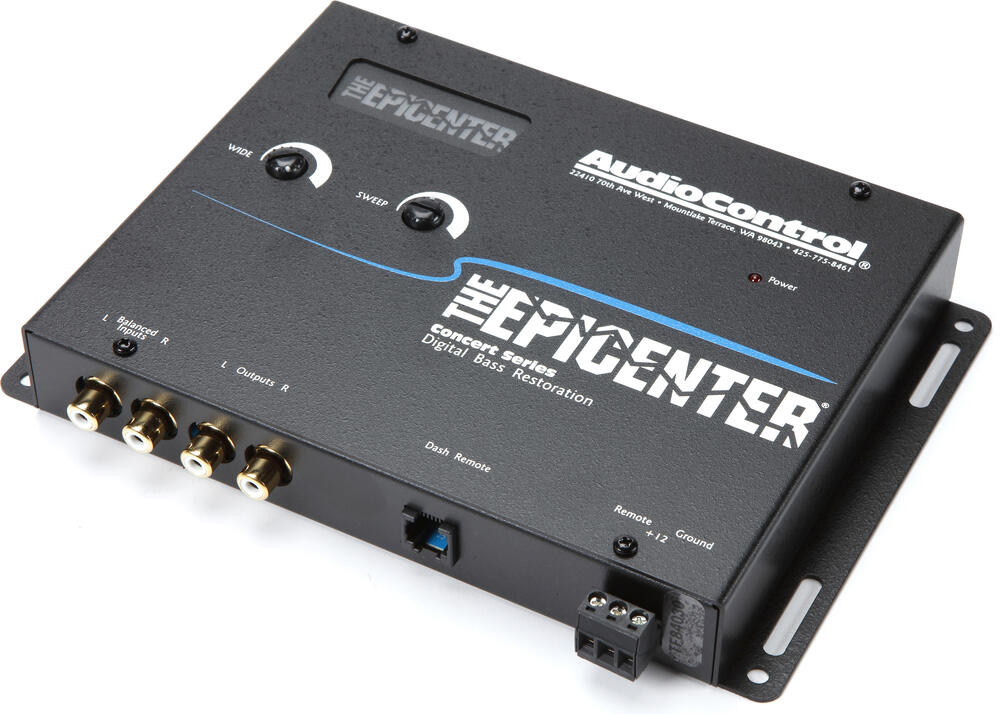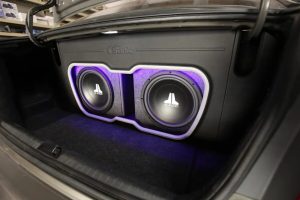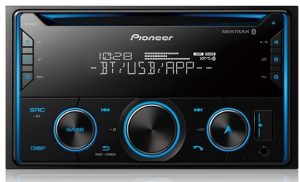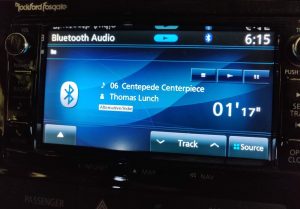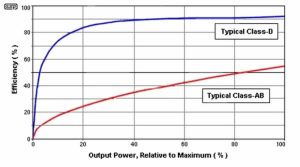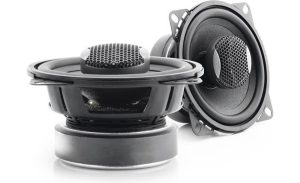Your car audio system pumps out powerful bass, but something feels off. The deep, rumbling lows you love seem weak or distorted. Could your Epicenter, the device designed to enhance bass frequencies, be the culprit? A faulty Epicenter can sap the life out of your sound system, leaving you with lackluster audio. This guide walks you through clear signs of a bad Epicenter, step-by-step troubleshooting tips, and practical solutions to restore your system’s punch. Whether you’re a car audio newbie or a seasoned enthusiast, you’ll find everything you need to diagnose and fix Epicenter issues.
Contents
- What Is an Epicenter and Why Does It Matter?
- Common Signs Your Epicenter Is Bad
- How to Diagnose a Bad Epicenter: Step-by-Step Troubleshooting
- Common Causes of Epicenter Failure
- How to Fix a Bad Epicenter
- Tips to Prevent Epicenter Problems
- When to Seek Professional Help
- Frequently Asked Questions About Epicenter Issues
- Conclusion
What Is an Epicenter and Why Does It Matter?
Before diving into symptoms, let’s clarify what an Epicenter does. The Epicenter, a popular bass restoration processor from AudioControl, enhances low-frequency audio signals. It analyzes music, detects bass notes, and recreates deeper, richer lows that smaller speakers or factory systems often struggle to produce. Essentially, it acts like a turbocharger for your subwoofers, making your car audio system hit harder and sound fuller.
When the Epicenter works correctly, you feel the bass in your chest. But when it fails, your audio system loses its edge. Identifying a bad Epicenter early saves you time, money, and frustration. Let’s explore the telltale signs of trouble.
Common Signs Your Epicenter Is Bad
A malfunctioning Epicenter reveals itself through noticeable changes in sound quality and system behavior. Pay attention to these red flags to spot issues quickly.
1. Weak or Missing Bass Output
Your subwoofers should deliver deep, resonant bass. If the low-end sounds thin, quiet, or completely absent, your Epicenter might be failing. For example, you might crank the volume, but the bass stays flat, leaving music sounding hollow. This happens when the Epicenter stops processing low-frequency signals effectively.
2. Distorted or Muddy Bass
Distortion is another warning sign. Instead of clean, punchy bass, you hear rattling, buzzing, or garbled lows. This occurs when the Epicenter sends incorrect or corrupted signals to your subwoofers. Distorted bass ruins the listening experience and can even damage your speakers over time.
3. Inconsistent Bass Performance
Does the bass cut in and out randomly? One moment it’s booming, the next it’s barely audible. This inconsistency often points to a failing Epicenter. Faulty internal components or loose connections might cause the device to process signals erratically.
4. No Response from Controls
The Epicenter’s knobs and switches let you tweak bass intensity and frequency. If adjusting these controls has no effect on the sound, the device could be defective. For instance, turning the bass restoration knob might not increase or decrease the low-end output, indicating an internal failure.
5. Strange Noises or Humming
Unusual sounds, like humming, popping, or static, suggest trouble. These noises often stem from grounding issues, faulty wiring, or a damaged Epicenter. If you hear persistent buzzing even when the music pauses, the Epicenter might be sending unwanted signals to your system.
6. Epicenter Overheating
Touch the Epicenter after running your system for a while. If it feels excessively hot, something’s wrong. Overheating can result from internal short circuits or power supply issues, both of which harm performance and longevity.
7. System Shuts Off or Fuses Blow
In severe cases, a bad Epicenter causes your entire audio system to shut down or repeatedly blows fuses. This happens when the device draws too much power or sends erratic signals, overloading your amplifier or wiring.
How to Diagnose a Bad Epicenter: Step-by-Step Troubleshooting
Suspecting a problem is one thing, but confirming it is another. Follow these practical steps to test your Epicenter and pinpoint the issue. Always prioritize safety by disconnecting power before working on your audio system.
Step 1: Check the Power and Ground Connections
A loose or faulty connection can mimic Epicenter failure. Inspect the power, ground, and remote wires connected to the Epicenter. Ensure they’re secure and free of corrosion. Use a multimeter to verify the device receives 12-14 volts of power. If the voltage is low or absent, fix the wiring or check your car’s battery.
Step 2: Inspect the RCA Cables
RCA cables carry audio signals to and from the Epicenter. Damaged or poorly connected RCA cables can cause weak or distorted bass. Swap the cables with a known working pair to rule out cable issues. Also, ensure the cables are plugged firmly into the Epicenter and amplifier.
Step 3: Test the Epicenter’s Output
Bypass the Epicenter to determine if it’s the source of the problem. Connect your head unit or source directly to the amplifier, skipping the Epicenter. If the bass returns to normal, the Epicenter is likely faulty. This test isolates the device and confirms whether it’s processing signals correctly.
Step 4: Adjust Settings and Test Controls
Set the Epicenter’s controls to neutral or default settings. Play music and slowly adjust the bass restoration and frequency knobs. If the bass doesn’t respond or sounds distorted, the Epicenter’s internal circuitry might be damaged. Compare the sound to what you expect based on past performance.
Step 5: Check for Overheating or Physical Damage
Examine the Epicenter’s exterior for signs of wear, such as burn marks, cracked casing, or loose components. Run the system for 10-15 minutes, then check the device’s temperature. If it’s too hot to touch, internal components may be failing. Overheating often requires professional repair or replacement.
Step 6: Test with a Different Epicenter
If possible, borrow a working Epicenter from a friend or audio shop. Install it in your system and compare the performance. If the new unit restores proper bass, your original Epicenter is defective. This step provides definitive proof before you invest in a replacement.
Common Causes of Epicenter Failure
Understanding why Epicenters fail helps you prevent future issues. Here are the most frequent culprits behind a bad Epicenter.
1. Poor Installation
Incorrect wiring or improper grounding during installation can stress the Epicenter’s components. For example, a weak ground connection might cause voltage spikes that damage the device over time.
2. Power Surges
Car audio systems are sensitive to electrical fluctuations. A sudden power surge, such as from a jump-start or alternator issue, can fry the Epicenter’s circuits.
3. Overloading the System
Pushing your audio system beyond its limits strains the Epicenter. Running it at maximum settings for extended periods or pairing it with an incompatible amplifier can lead to overheating and failure.
4. Manufacturing Defects
Though rare, some Epicenters ship with faulty components. These defects might not appear immediately but can cause problems after months of use.
5. Wear and Tear
Like any electronic device, Epicenters degrade over time. Constant vibration, heat, and humidity in a car environment can wear out internal parts, leading to performance issues.
How to Fix a Bad Epicenter
Once you confirm the Epicenter is faulty, decide whether to repair or replace it. Here’s how to approach each option.
Option 1: Repair the Epicenter
Minor issues, like loose connections or blown fuses, are often fixable. Tighten wiring, replace damaged cables, or install a new fuse. For internal problems, such as damaged circuits, contact AudioControl’s customer support or a professional audio technician. Repairs can cost $50-$150, depending on the issue’s complexity.
Option 2: Replace the Epicenter
If repairs aren’t feasible or cost more than a new unit, replace the Epicenter. A new AudioControl Epicenter costs $200-$300, depending on the model. Before installing the new device, double-check your system’s wiring and grounding to prevent repeat failures. Consider professional installation if you’re unsure about the process.
Option 3: Upgrade Your System
A bad Epicenter might signal it’s time to upgrade your entire audio setup. Newer bass processors or amplifiers with built-in bass enhancement could outperform your old Epicenter. Consult an audio specialist to find equipment that matches your needs and budget.
Tips to Prevent Epicenter Problems
Keep your Epicenter in top shape with these maintenance tips. Proactive care extends the device’s lifespan and ensures consistent bass performance.
1. Install Properly
Hire a professional or follow AudioControl’s installation guide to the letter. Use high-quality wiring and secure all connections to avoid electrical issues.
2. Avoid Overdriving the System
Set the Epicenter’s controls conservatively. Excessive bass restoration can overload your amplifier and subwoofers, harming the Epicenter.
3. Monitor Power Supply
Use a voltage regulator or power conditioner to protect the Epicenter from surges. Regularly check your car’s battery and alternator health.
4. Keep It Cool
Mount the Epicenter in a well-ventilated area of your car. Avoid cramped spaces where heat can build up and damage components.
5. Regular Maintenance
Inspect your audio system every 6-12 months. Look for loose wires, corrosion, or signs of wear. Clean the Epicenter’s exterior to prevent dust buildup.
When to Seek Professional Help
Some Epicenter issues require expert attention. Contact a car audio professional if you encounter these situations:
- Persistent overheating despite proper installation
- Complex internal repairs, like circuit board replacement
- Uncertainty about wiring or system compatibility
- No improvement after troubleshooting
A skilled technician can diagnose problems accurately and recommend cost-effective solutions. Expect to pay $100-$200 for professional diagnostics and repairs, depending on your location.
Frequently Asked Questions About Epicenter Issues
Can a bad Epicenter damage my subwoofers?
Yes. A faulty Epicenter might send distorted or excessive signals, causing your subwoofers to overwork and potentially burn out.
How long does an Epicenter typically last?
With proper care, an Epicenter can last 5-10 years. Poor installation or heavy use may shorten its lifespan.
Is it worth repairing an old Epicenter?
If the repair cost exceeds 50% of a new unit’s price, replacement is usually the better option. Newer models often include improved features.
Conclusion
A bad Epicenter can turn your car audio system from a bass beast into a disappointing dud. By recognizing signs like weak bass, distortion, or overheating, you can act quickly to diagnose and fix the problem. Follow the troubleshooting steps to confirm the issue, and decide whether to repair, replace, or upgrade. With proper care and maintenance, your Epicenter will keep delivering earth-shaking lows for years. Don’t let a faulty device ruin your music—take control and restore your system’s power today.
